India is one such country where art and culture are a big part of people’s lives and music by far tops the list.
In India, people celebrate Goddess Saraswati, who is known for having expertise and wisdom of music since ancient times.
From the Vedic age until this day, classical music has always nurtured and played a crucial role in forming the journey of Indian music. An integral part of the Indian classical music is the Indian classical music instruments. These instruments have not only given us great music but numerous famous Indian musicians who have represented India on the world stage.
Sitar
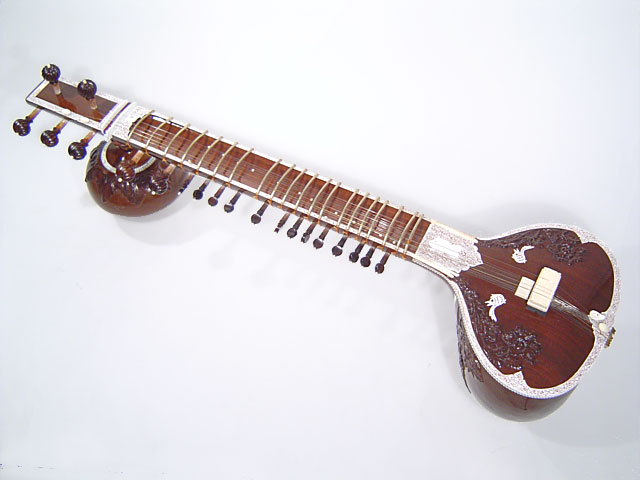
The Sitar has a long neck built with twenty metal frets and six to seven main cords. Under the frets of Sitar are thirteen sympathetic strings that are harmonized to the notes of different Ragas. A gourd, which acts as a resonator for the strings is at the lower edge of the neck of the Sitar.
The frets are rolled up and down to change the notes.
Flute
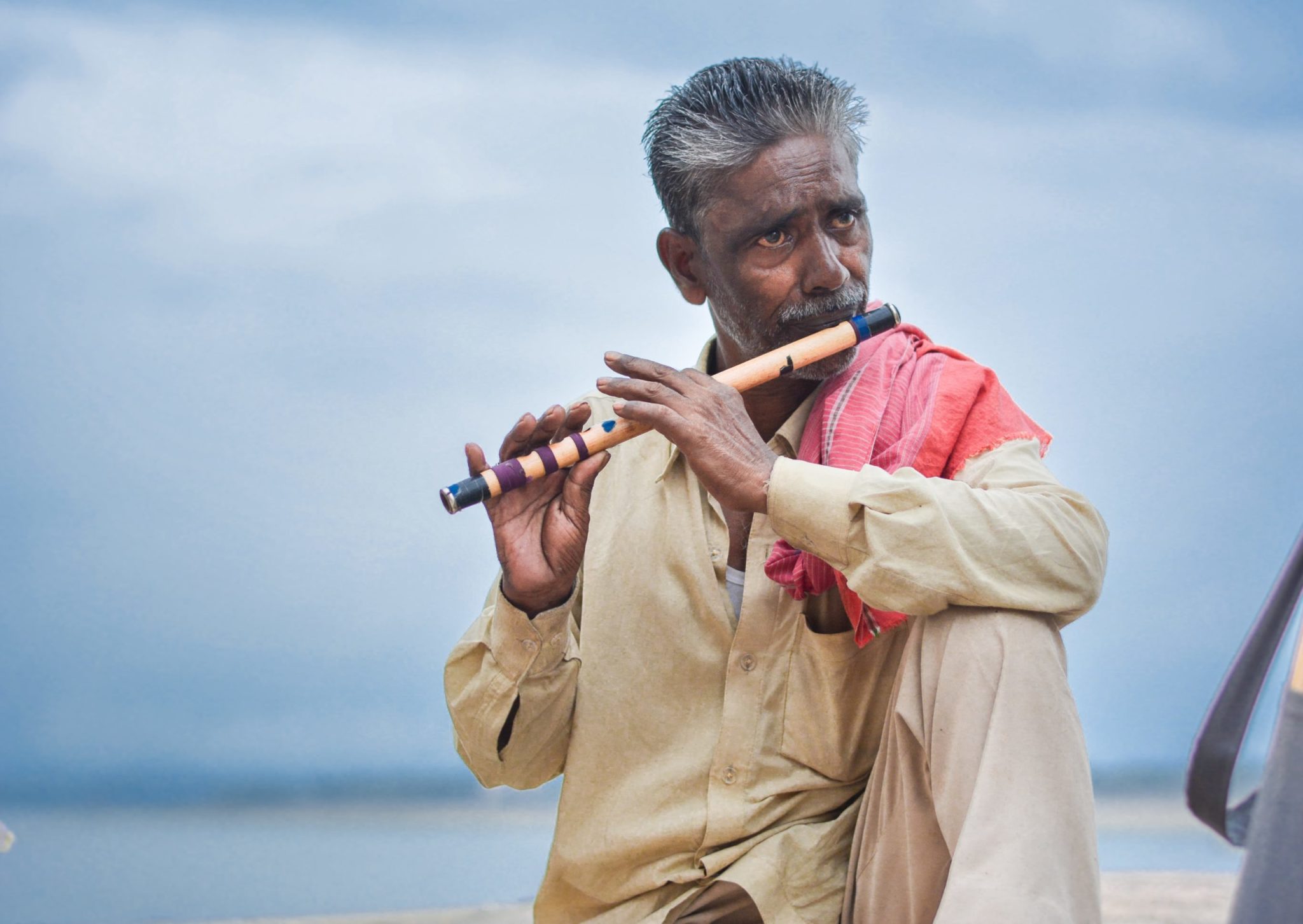
The flute is a single barrel-shaped pipe of a uniform length.
Flutes differ in size. The flute is held horizontally and is inclined downwards when it is used for performing tunes.
To produce a melody one needs to cover the finger holes and shift using holes as per the sound you need.
Variations in pitch are produced by adjusting the effective length of the air column.
Harmonium
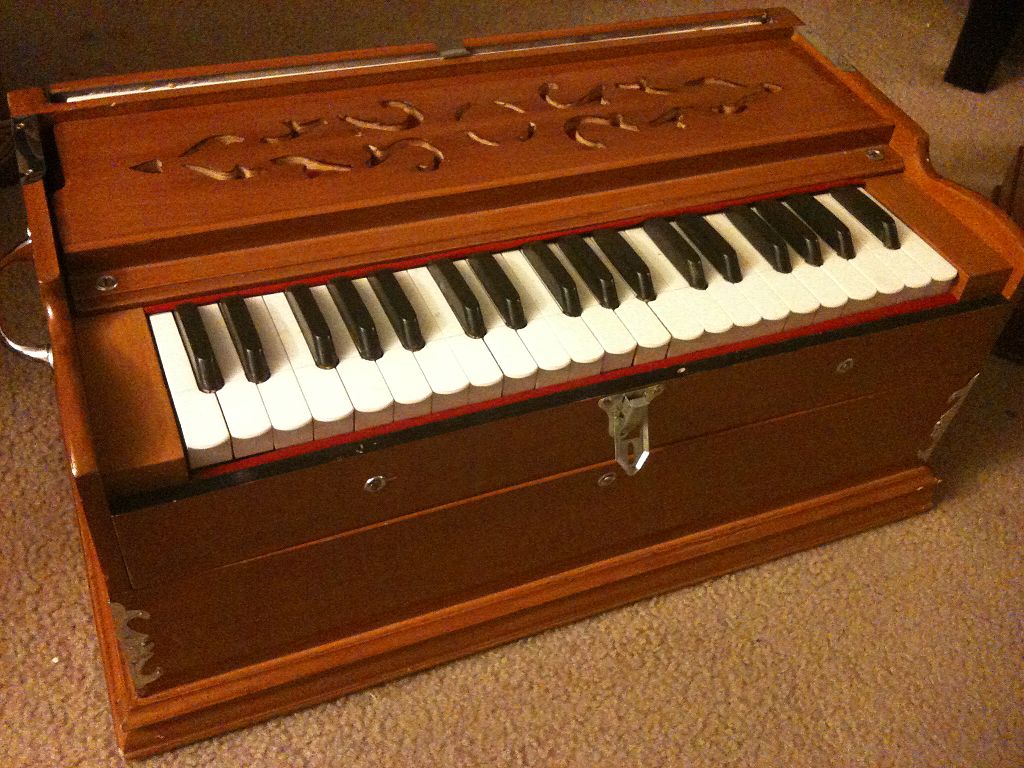
The harmonium is a traditional and important musical instrument of India. The equipment has a keyboard of over two and one-half octaves and works on a method of bellows. The keyboard is performed with the right hand while the left hand is used to pump the bellows. Harmonium is more popular in North India than in South India.
Tabla
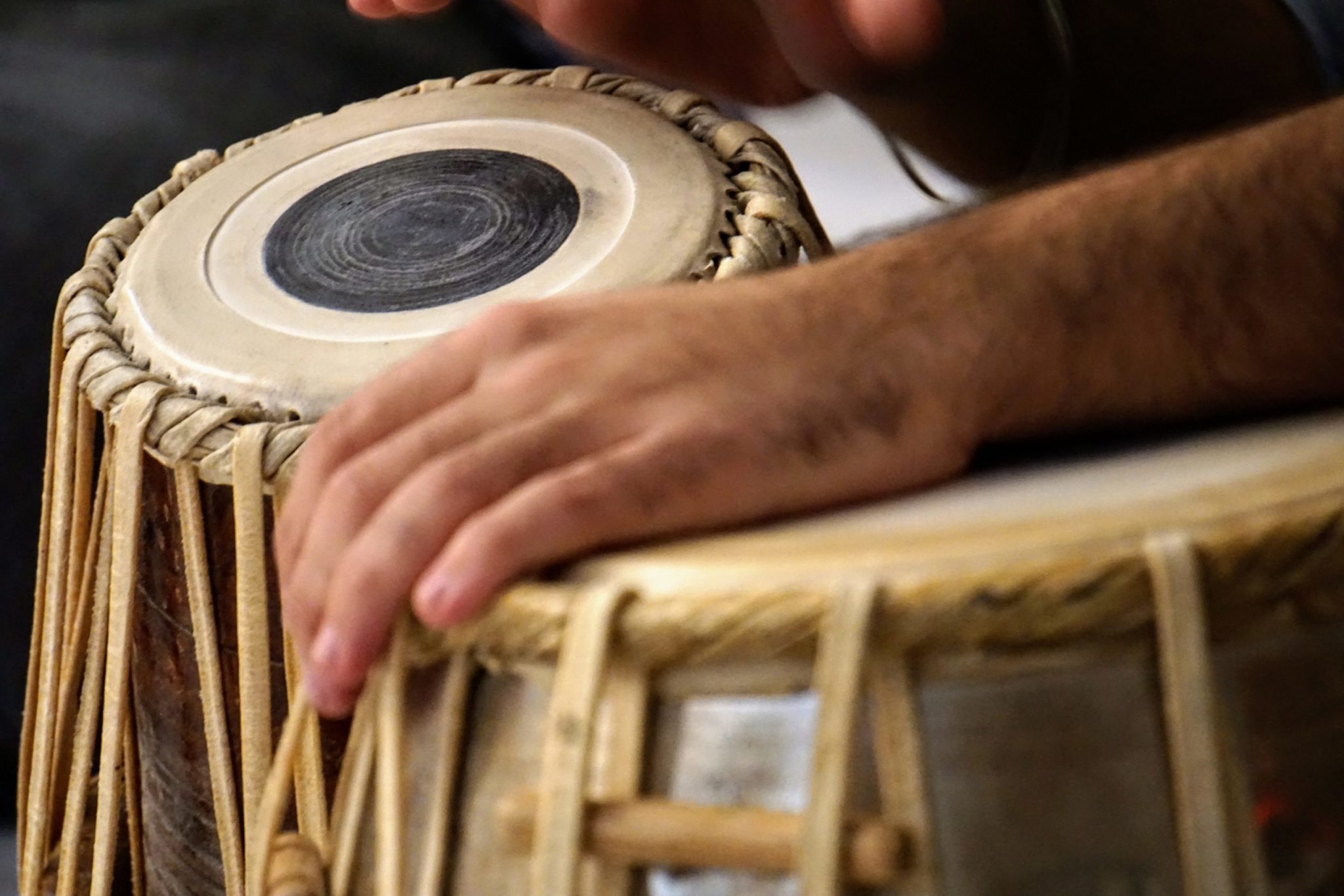
The most familiar musical instrument used in North India is the Tabla.
The Tabla consists of a set of drums- the Tabla and the Bayan.
The equipment is made of wood and whereas its head portion is made up of stretched animal skin. Finer tuning of Tabla is done by thumping the rim of the Tabla with a short hammer. The Bayan is the bass drum and is normally made of metal with an expanded skinhead. Both drums have a black spot in the center built of manganese or iron dust.
Jalatharangam
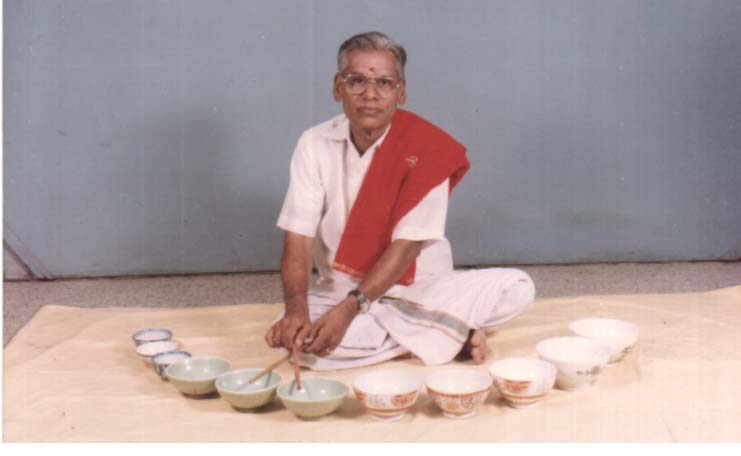
Jalatharangam consists of a collection of eighteen porcelain cups of ranging sizes. The cups are organized in a semicircle order in descending order when setting for a performance.
The largest cup is to the left of the performer and the tiniest to his right. Water is poured into the cups and the pitch is altered by adjusting the amount of water in the cup.
The cups are boxed with two thin bamboo sticks.
Mridangam
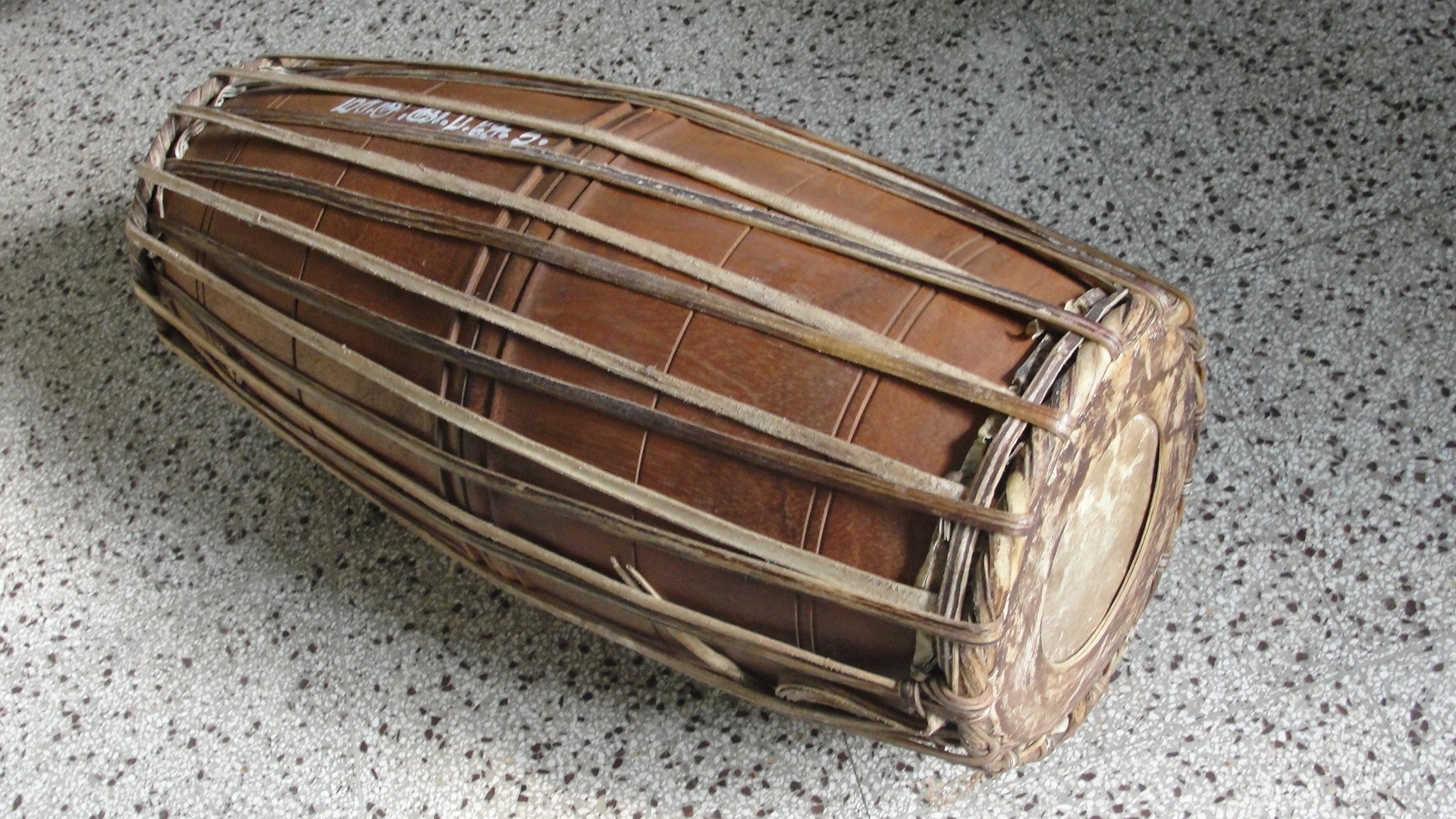
The mridangam is one of the most beloved classical instruments of South India. Mridangam compliments vocal, instrumental and dance concerts. The present-day mridangam is constructed of a single block of wood.
The two barrel-shaped double-headed drum consists of one being bigger than the other drum base. The two heads are made up of skin layers.
The mridangam is performed with hands, palms, and fingers.
